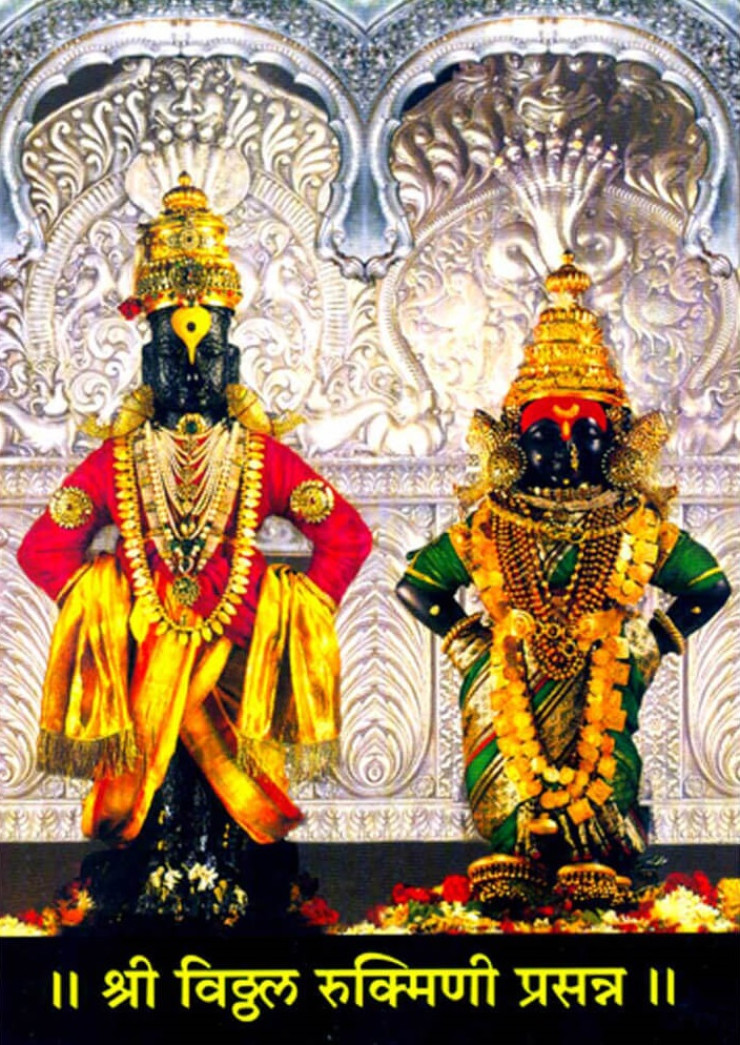
History-Ashadhi Ekadashi
In the year 1685, Narayan baba, the youngest son of Sant Tukaram was a man
of innovative spirit and decided to bring about a change in the dindi-wari
tradition by introducing the Palkhi, which is a sign of social respect. He put
the silver padukas (footsteps) of Sant Tukaram in the Palkhi and proceeded
with his dindi to Alandi where he put the padukas of Sant Dnyaneshwar in the
same Palkhi. This tradition of twin Palkhis went on every year, but in 1830
there were some disputes in the family of Sant Tukaram, concerned with rights
and privileges. Following this, some thoughtful persons decided to break-up the
tradition of twin Palkhis and organise here after, two separate Palkhis - Sant
Tukaram Palkhi from Dehu and the Sant Dnyaneshwar Palkhi from Alandi. From
that time till date, both the Palkhis meet in Pune for a brief halt and then
diverge at Hadapsar to meet again at Wakhri, a village nearby to Pandharpur.
Along with times, the popularity of this ancient tradition has soared
immensely. A total of approximately 1.5 lakh devotees proceed along with the
Sant Tukaram Palkhi from Dehu village, while a total of 2.25 lakh devotees
march along with the Sant Dnyaneshwar Palkhi. At present a total of 43 Palkhis
including the above two visit Pandharpur every year.
About Ashadhi Ekadashi
This ekadashi falls on the ekadashi tithi (11th day) in the Shukla
Paksha (waxing) phase of the moon in the Ashadha month of Indian lunar
calendar. For this reason, shayani ekadashi is also called Ashadi Ekadashi which
is one of the most widely accepted names of this ekadashi. Ashadi Ekadashi
comes after Yogini ekadashi and is followed by Kamika ekadashi.
Shayani ekadashi or devshayani ekadashi is often regarded as the holiest of
all ekadashi days by Hindus, especially warkari Vaishnava Devotees who consider Lord Vishnu as the supreme God.
Event Venue
Name
PandharpurLocaiton
Hare Krishna Dham, East Bank of Chandrabhaga River, Pandharpur - 413 304. Dist. Solapur.Event Expired

